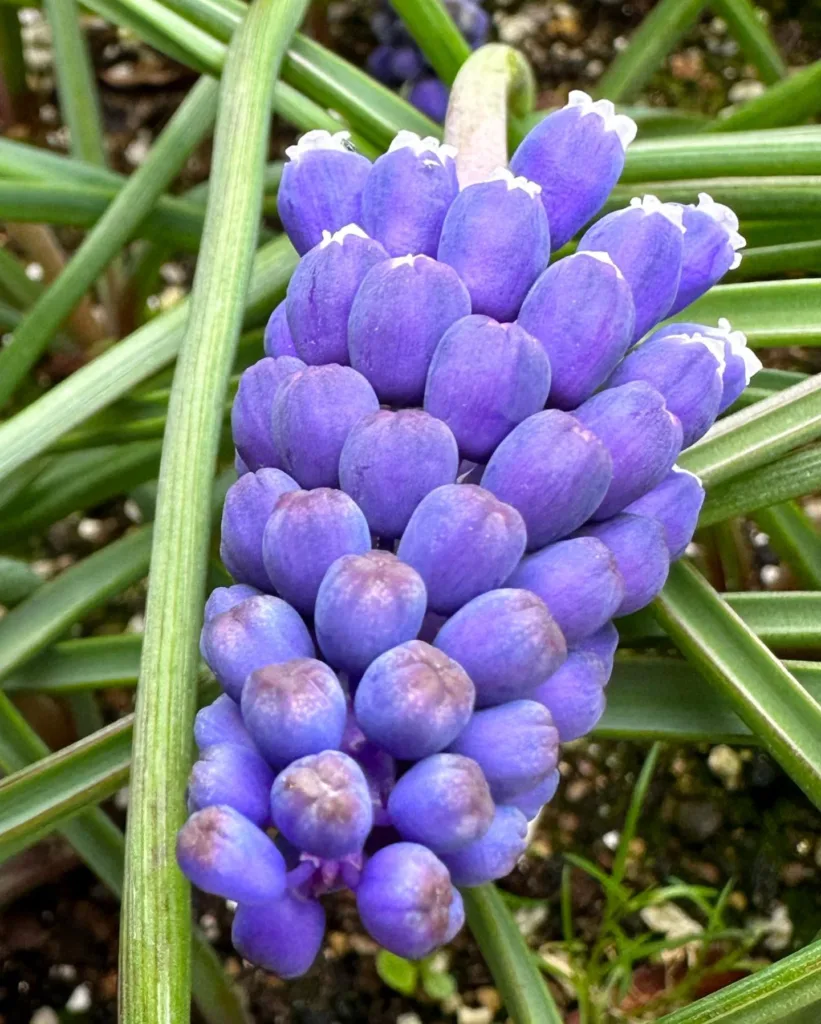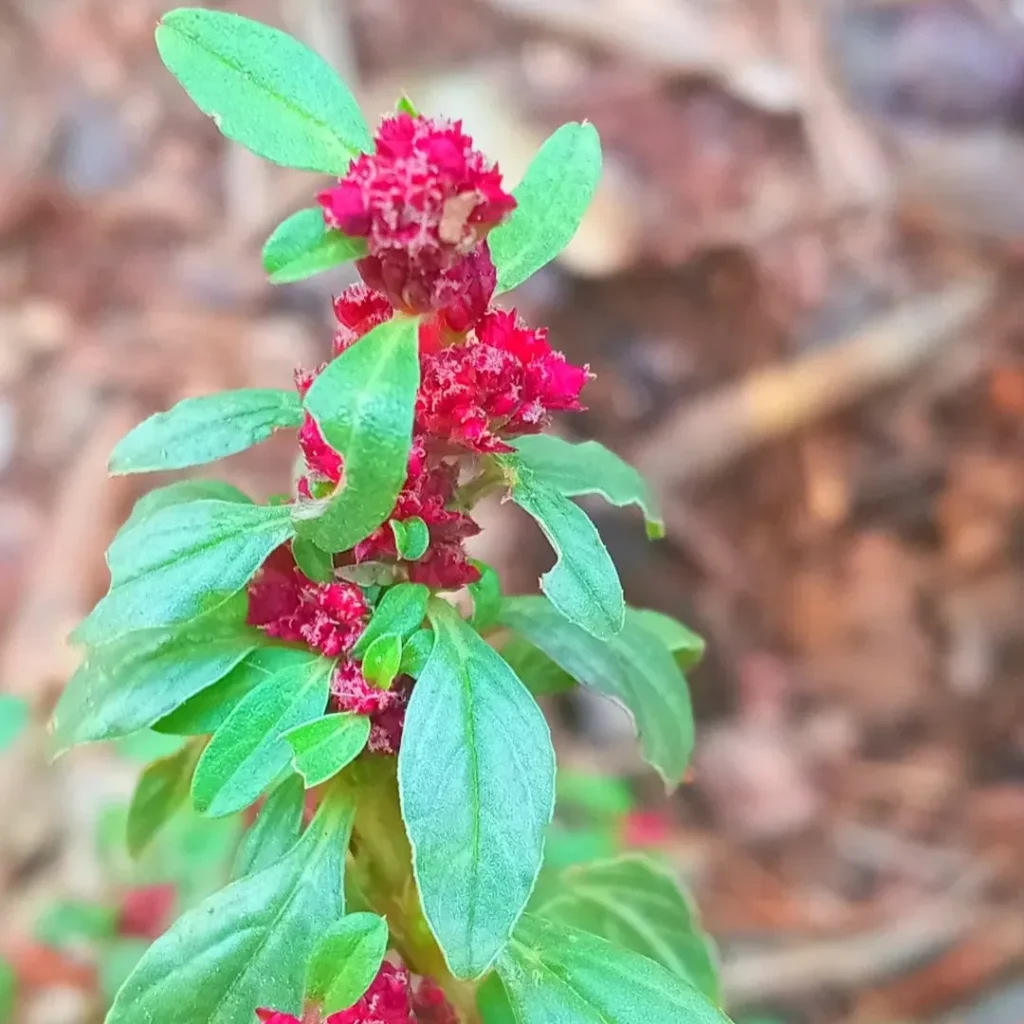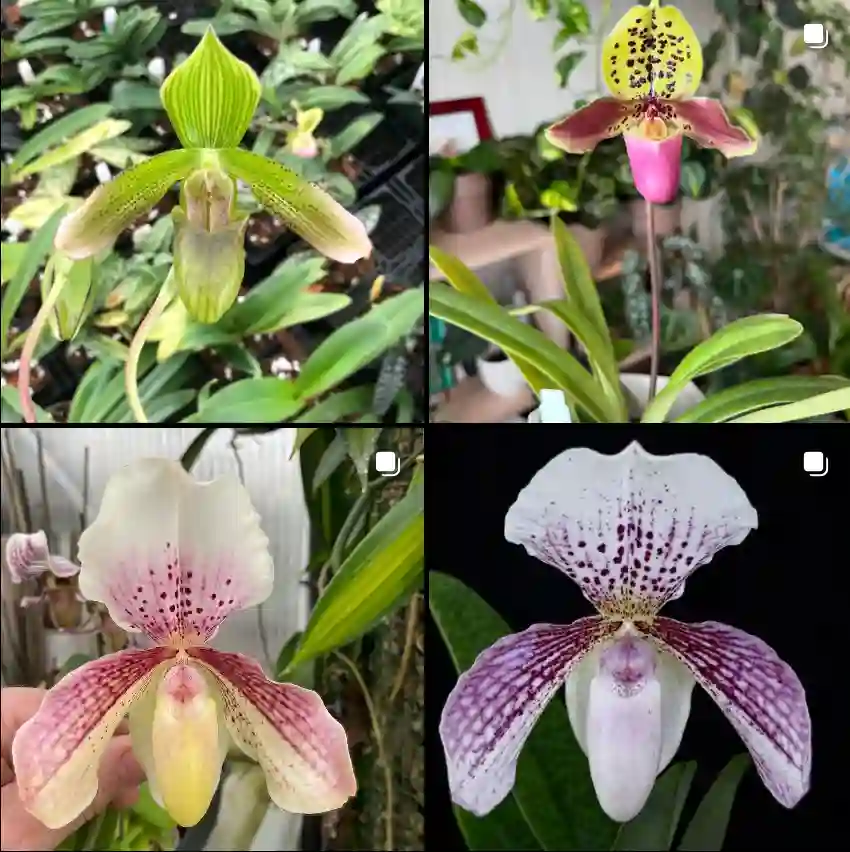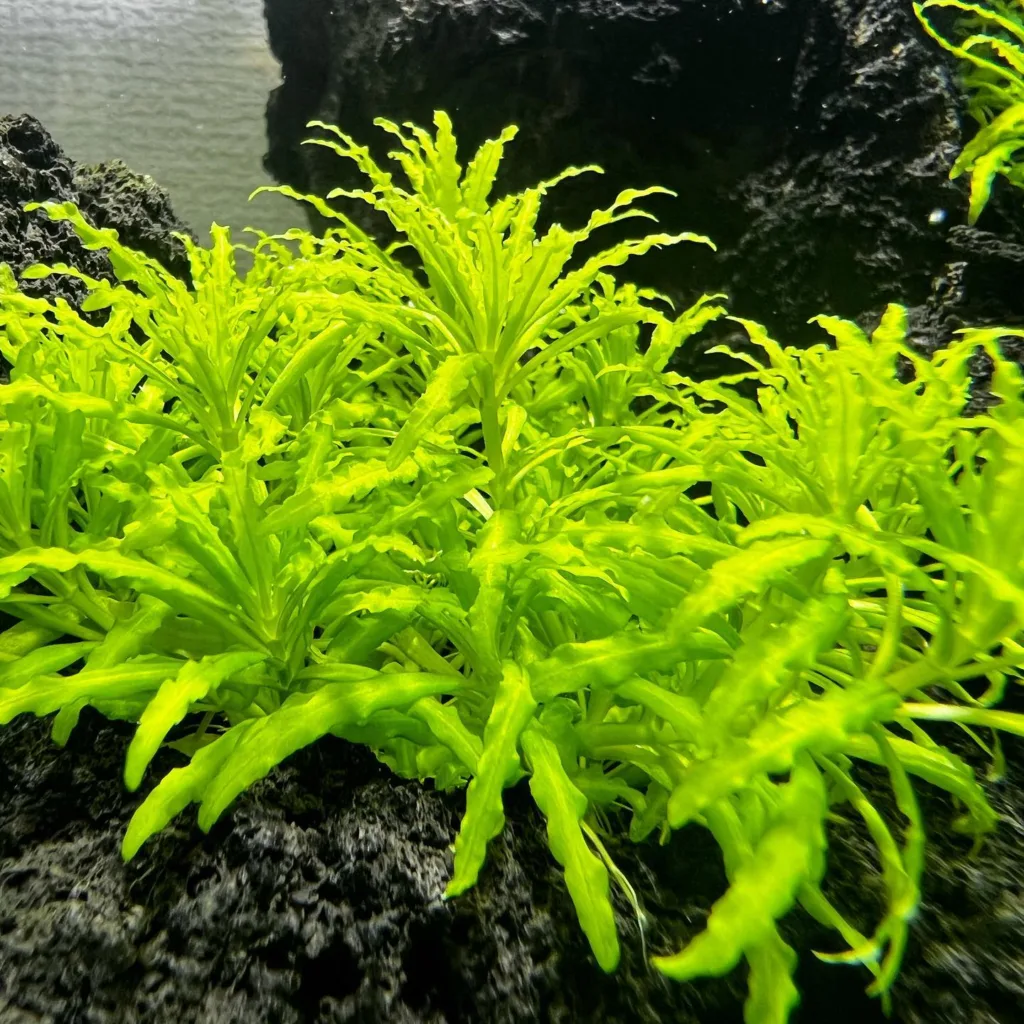November 2 – Arabidopsis
"Arabidopsis, the model of simplicity, represents November 2."
Arabidopsis symbolizes clarity and adaptability. You thrive in simplicity and find solutions in challenging situations. Like its straightforward structure, your approach to life is efficient and purposeful.
Exploring the Genus Arabidopsis and Its Species
When I first started learning about the genus Arabidopsis, I was drawn by its unique status in botanical studies. Though it’s not a visually show-stopping plant genus, it has shaped genetic and molecular biology in ways few plants have. Arabidopsis is a small genus within the Brassicaceae family, and it primarily includes species adapted to temperate climates. Despite its modest appearance, the genus plays a monumental role in research, particularly through Arabidopsis thaliana, a species that has become a cornerstone in plant biology and genetics.
Why Arabidopsis Matters in Plant Biology
If you’re interested in plant genetics or botany, then Arabidopsis is likely a familiar name. This genus, specifically A. thaliana, has served as a model organism in genetic and molecular research since the early 20th century. A. thaliana was the first plant to have its entire genome sequenced, which makes it incredibly valuable in understanding genetic expression, plant development, and disease resistance. Because Arabidopsis plants have a short lifecycle, they provide an excellent system for studying complex biological processes within a short time frame.
The importance of Arabidopsis in research is immense. It’s utilized in fields ranging from plant development to response mechanisms under stress. In the lab, scientists can experiment with Arabidopsis to explore everything from how plants respond to light and drought to how they defend against pathogens. This versatility is one reason why I find Arabidopsis so fascinating; it helps unravel the inner workings of plant biology, providing insight that can benefit agricultural productivity, environmental sustainability, and beyond.
Species in the Arabidopsis Genus
Despite being a small genus, Arabidopsis includes a handful of species that offer unique insights into the world of plant biology. Here are:
- Arabidopsis arenicola – Found in sandy soils, this species is adapted to harsh, rocky environments and is native to parts of Canada and the northern United States.
- Arabidopsis arenosa – Known for its resilience to rocky soils, this species has shown significant adaptation to metal-rich habitats in Central Europe.
- Arabidopsis cebennensis – Endemic to the Cévennes mountains in France, this species grows in limestone-based soils and is relatively rare.
- Arabidopsis croatica – Native to Croatia, this species is adapted to limestone habitats and rocky cliffs.
- Arabidopsis drassiana – A high-altitude species found in the Drass Valley of the Himalayas, it thrives in cold mountainous regions.
- Arabidopsis halleri – Noted for its heavy metal tolerance, this plant is often found in mining areas across Europe.
- Arabidopsis lyrata – Widespread in North America and Europe, this species is known for its genetic diversity and ability to grow in both acidic and alkaline soils.
- Arabidopsis neglecta – Endemic to certain alpine regions, it is often found in stony ground and open forest clearings.
- Arabidopsis pedemontana – Native to the Piedmont region in Italy, this rare species grows on rocky slopes in mountainous areas.
- Arabidopsis petrogena – Adapted to rocky, limestone environments, this species is native to the mountainous regions of Europe.
- Arabidopsis suecica – A natural hybrid of A. thaliana and A. arenosa, it is mostly found in Scandinavia and is used in evolutionary studies.
- Arabidopsis thaliana – Widely used in genetic research, this small flowering plant is a model organism in plant biology due to its rapid life cycle and small genome. Plant FAQs: Arabidopsis Thaliana – Thale Cress
The Future of Arabidopsis Research
The study of Arabidopsis species continues to impact a wide range of scientific fields, from environmental biology to genetic engineering. What I find particularly exciting is how discoveries in Arabidopsis are being applied to improve crop resilience, enhance drought tolerance, and even create more nutritious food. For example, genetic insights from A. thaliana are helping scientists develop crops that can better withstand climate change.
Furthermore, with advancing technology in gene editing, researchers are now able to delve deeper into Arabidopsis genomes. Tools like CRISPR/Cas9 allow scientists to manipulate specific genes, creating targeted modifications that help reveal the roles of different genes. This will likely accelerate our understanding of complex traits and lead to breakthroughs in agriculture, biotechnology, and ecology.
Arabidopsis and Its Role Beyond the Lab
In the broader context, Arabidopsis serves as a bridge between basic science and real-world applications. I’ve come to appreciate how these humble plants are helping address some of the biggest challenges we face today, such as food security and environmental sustainability. By studying Arabidopsis, scientists gain insights that can directly contribute to creating crops better suited to diverse climates, ultimately benefiting farmers and ecosystems globally.
In summary, while Arabidopsis might not be the showiest plant in the garden, its contributions to science are monumental. From the genetic simplicity of A. thaliana to the environmental resilience of A. halleri, each species within this genus plays a unique role in advancing our understanding of plant biology. As research continues, I’m excited to see how Arabidopsis will help shape the future of plant science and environmental sustainability, offering solutions that reach far beyond the lab.
If i die, water my plants!



